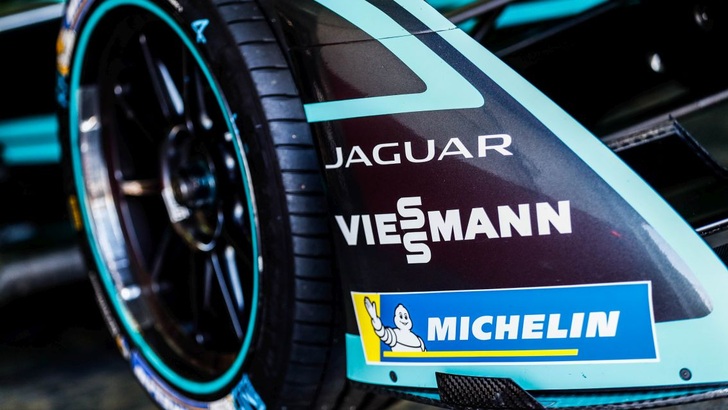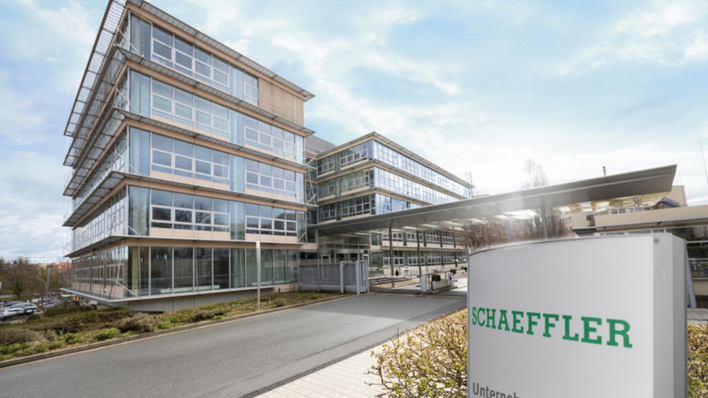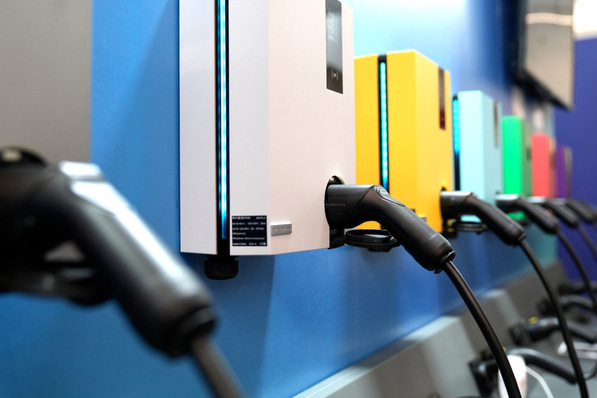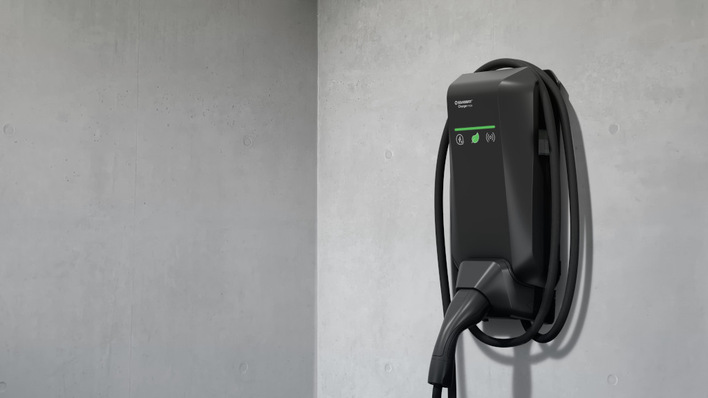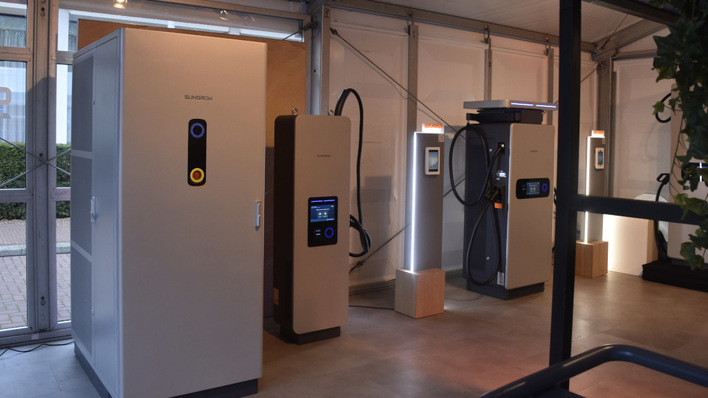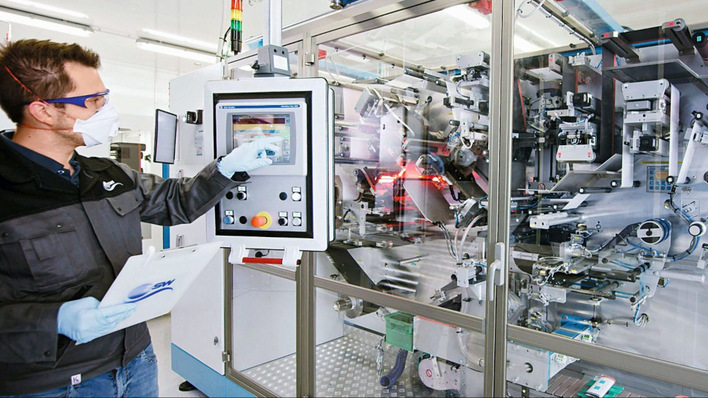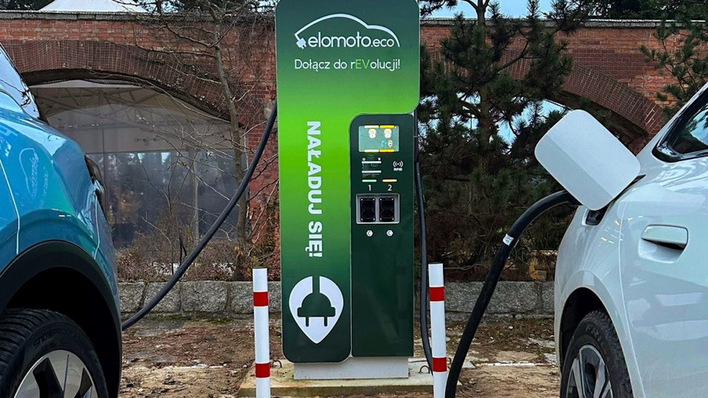Everyone talks of new generations: When discussing inheritance tax or the sale of medium-sized businesses or the problems of a medium-sized governing coalition. Here is where politics can learn a thing or two: Rarely has the coming of a new generation involved such obvious changes than in motorsport. As of recently, Viessmann is sponsor of the Panasonic Jaguar Racing team. But not as part of Formula 1, but in the ABB FIA Formula E – ‘E’ as in electric.
Dual leadership in the company
Viessmann is one of Europe’s key providers of building services and energy supply components. The old boss, Professor Martin Viessmann, has invited his son to join the management. Now the company is being directed from Berlin as well as from peaceful Allendorf near Koblenz.
So far, Viessmann still has oil- and gas-burning furnaces in their catalogues. But the future is clearly in electrical systems: even for heating, hot water, and of course for PV.
Two young men and their ideas
And the 29 years old Max Viessmann now wants to underscore this new trend by getting involved in the Formula E. He presented his concept in Berlin in May, and it involved getting another promising son to join him: Nelson Piquet Jr. is the offspring of the Brazilian three-times Formula 1 champion and one of the bright stars of the sport, Nelson Piquet Sr.
Back then, racing cars were still petrol-powered and – yuck! – blew poisonous smoke from their exhaust pipes! Now the old man is enjoying his retirement and his seven children. And junior? He has already caused a stir when he became Formula E champion for the first time in 2015.
Proving ground for future mobility
The end of one era, the coming of a new age: “Take a ride with the next generation” is the new slogan with which Viessmann clearly shows that Formula E is more than a new series in motorsport. Indeed, it showcases an entirely new and innovative generation of racing and acts as a proving ground for future mobility.
That is in line with Viessmann’s strategy: Abandon fossil fuels and find sustainable solutions that make the most efficient use of the available resources.
A red promotion lorry parked right by the race track
Along with all of the sausage sellers and beer tents, Viessmann set up their promotion lorry next to the race track. Inside this bright read vehicle, visitors were able to get information on both the current state of the art for building services and what is in the vanguard for the next few years: Through the combination of electricity and heating, digital services and all-round solutions, Viessmann and their installing company partners are working on generating a pleasant indoor atmosphere for comfortable and clean living as well as designing and preserving environments for future generations.
In many ways, this also applies to the Formula E. The overarching goal of the partnership is to make renewables tangible, drive real transformations and make sustainable technological innovations open to anyone.
Deliveries directly to the fridge
Part of the red lorry is, for instance, the fuel cell heating system Vitovalor PT2 that was developed in cooperation with Panasonic. Vitavalor is a central energy generator for a modern one- or two-family home, combining heat and electricity generation in a minute space.
In order to add digital services to their core business – generating heat – Viessmann has established a digital division in Berlin. One of the first spin-offs is the start-up Cary Services (takecary.de), which offers to give busy people more time for themselves.
The Cary prototype is built around a smart lock system that gives cleaning and delivery services access to the customers’ home. That allows the delivery of food all the way to the fridge, for example. Visitors of Formula E are able to find out all the details of how Cary works in practice during the various race events.
Ten teams competing
The ABB FIA Formula E is the world’s first ever fully electric street racing series – without emissions and without noise. Ten teams with a total of 20 drivers compete with each other. The races take place in New York, Rome, Paris and Berlin, where the racing cars drove around the Tempelhofer Feld, the former airport of the German capitol. The track here was 2.37 kilometres long and had ten turns.
These vehicles can go from zero to 100 kilometres per hour in 2.8 seconds. The top speed is 225 kph. In terms of basic equipment – like chassis or the battery – all vehicles are the same. Only components such as the motor, transmission and some other parts of the powertrain can be customised.
That makes the efficient utilisation of energy one the key criterion to distinguish the team and their racing cars. “Formula E is a race towards more efficiency and the best energy management,” Max Viessmann says. “And it is exactly in these areas that we at Viessmann want to push our development forward.” (HS)
Watch our PV Guided Tour on e-mobility and solar energy storage:
https://www.pveurope.eu/Videos/pv-Guided-Tours-videos-2018
Stay informed, get our newsletter twice a week.
Register here: https://www.pveurope.eu/Newsletter
Read more about solar modules.
Read more about solar mounting systems.
Read more about solar energy storage.


